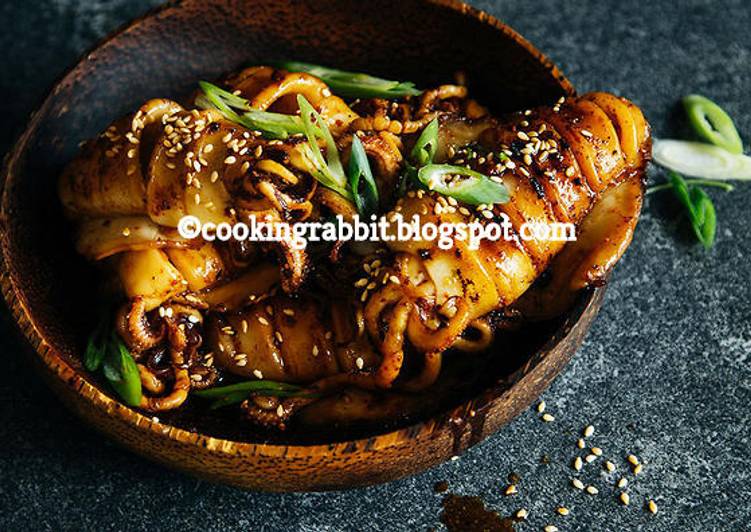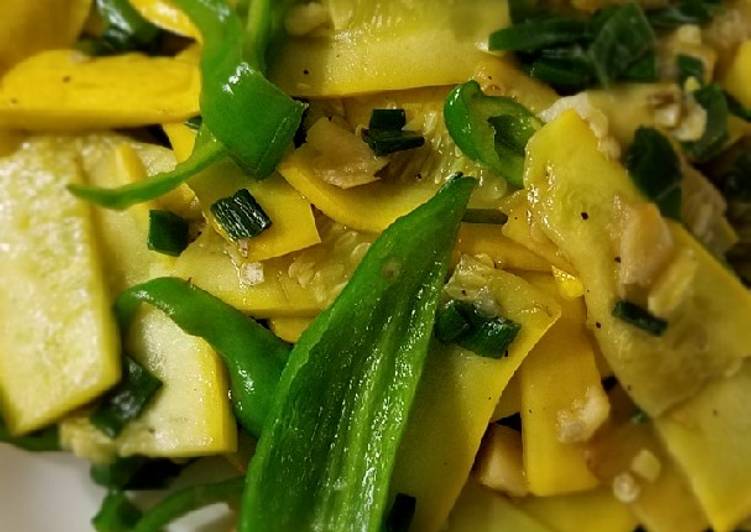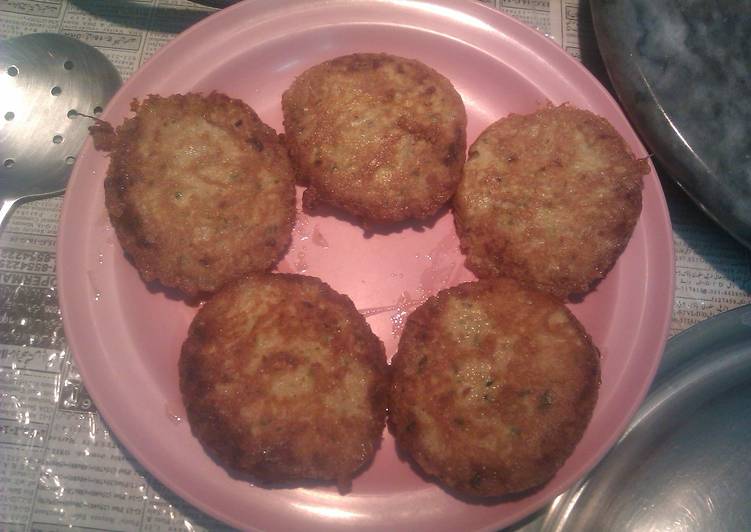
Hello everybody, hope you are having an amazing day today. Today, I’m gonna show you how to prepare a distinctive dish, typical japanese special squid. One of my favorites food recipes. For mine, I am going to make it a little bit unique. This will be really delicious.
Typical japanese special squid is one of the most well liked of current trending foods in the world. It is appreciated by millions every day. It’s simple, it is quick, it tastes delicious. Typical japanese special squid is something that I’ve loved my whole life. They’re fine and they look fantastic.
The Japanese flying squid, Japanese common squid or Pacific flying squid, scientific name Todarodes pacificus, is a squid of the family Ommastrephidae. This animal lives in the northern Pacific Ocean, in the area surrounding Japan, along the entire coast of China up to Russia. The seafood menu with the basic ingredients of squid, combined with the typical Japanese ginger sauce.
Simple Way to Prepare Typical japanese special squid
To begin with this recipe, we must prepare a few components. You can cook typical japanese special squid using 9 ingredients and 6 steps. Here is how you cook it.
Ingredients
The ingredients needed to make Typical japanese special squid:
- Prepare 500 g (1 lb) 2 oz) squid hoods, cleaned and cut into 2 cm (¾ in) rings, leave tentacles intact
- Get 2 tbsp sesame seeds, toasted until golden
- Take 2 spring onions (scallions), thinly sliced on the diagonal
- Take japanese marinade
- Prepare 125 ml (4 fl oz/½ cup) light soy sauce
- Get 5 cm (2 in) piece of ginger, peeled and finely grated (approximately 2 tbsp)
- Take 3 tbsp mirin
- Get 1 tbsp shichimi tōgarashi (see Note)
- Make ready 1 tbsp peanut oil
They also have features that are distinct to this particular species. You will notice rings around the back of the head. These are used to determine how old they. Japanese flying squid also have three hearts, and the ability to shoot ink at predators.
Instructions
Instructions to make Typical japanese special squid:
- To make the marinade, combine the ingredients in a large bowl. Reserve half the marinade for basting.
- Add the squid to the remaining marinade and mix well to coat. Set aside in the refrigerator to marinate for 15 minutes.
- Preheat a barbecue grill to high and lightly grease with oil.
- Grill the squid, turning frequently and basting with reserved marinade, for 2–3 minutes until opaque and tender. Take care not to overcook the squid as it can quickly become rubbery.
- Serve garnished with toasted sesame seeds and spring onions.
- NOTES - - Shichimi togarashi is a traditional Japanese seven-spice mix, predominately made up of red pepper, and is available from Asian supermarkets.
The Best Japanese Squid Recipes on Yummly The seafood menu with the basic ingredients of squid, combined with the typical Japanese ginger sauce. Will give a warm sensation when eaten. Surume Ika or Japanese Common Squid/Pacific Flying Squid is also called by regional names of Ma Ika, Matsu Ika or Kanzegi. It caught off the shores of Northern Japan and south of Kyushu Island.
As simple as that How to Make Typical japanese special squid
So that’s going to wrap this up with this special food typical japanese special squid recipe. Thank you very much for reading. I’m sure that you will make this at home. There is gonna be interesting food in home recipes coming up. Remember to save this page in your browser, and share it to your loved ones, friends and colleague. Thank you for reading. Go on get cooking!
Print this page


